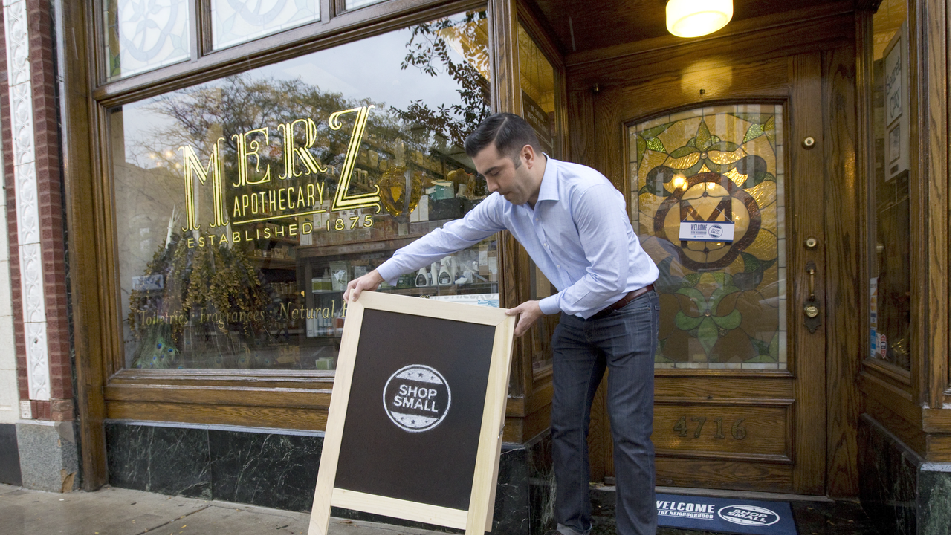More workers are getting a raise

An important sector of the economy seems to be turning the corner.
The latest monthly survey by the National Federal of Independent Business found small-business optimism improved to the best level since September 2007, when the recession hadn’t started and the stock market was cruising toward a high it wouldn’t regain for six years. “Small companies appear to be doing better than they have so far in the recovery,” economists at Moody’s Analytics explained. “Business confidence is improving for companies of all sizes.”
A sure sign of improvement is rising pay for workers, as Aaron Task and I discuss in the video above. In the NFIB survey, the portion of firms planning to raise pay is 15 percentage points higher than the portion planning to cut pay, the highest net margin since 2008. And a net 20% said they’ve raised pay during the past three to six months. That doesn’t represent a surge in earnings, but it’s the kind of steady progress typical in a healthy economy, which ought to boost consumer confidence and spending.
There’s a downside to rising pay, however: higher inflation. Armchair economists tend to think inflation is the result of the Federal Reserve “printing money,” but that’s only the case if the money makes its way into circulation, which hasn’t happened yet with money the Fed has created through quantitative easing. Rising wages can also cause inflation, since labor costs are a significant portion of production costs, and rising pay is often passed on to consumers through higher prices. And sure enough, firms increasingly say they’ve raised prices or plan to.
Another sign of possible inflation is the difficulty some companies have finding workers. More than half of small businesses have hired during the past three months, or tried to. That’s a hopeful sign of rising demand for workers. A separate Labor Dept. survey corroborated the boost in available jobs. The so-called JOLTS survey showed 4.45 million job openings in April, a 7% increase from the month before and the most since September 2007.
The catch is that 46% of small businesses said they found few or no qualified applicants for open jobs, and 24% said they have open positions they’re simply unable to fill. That suggests pay will have to rise for firms to draw workers with certain skills, which could ultimately lead to higher prices and inflation.
It remains perplexing that there could be a shortage of some workers at a time when the unemployment rate, at 6.3%, is still elevated and the portion of adults who are working is at the lowest level since 1978. Harvard University economist Martin Feldstein argued in a recent Wall Street Journal op-ed that a high unemployment rate is largely due to people who have been out of work for six months or more, who typically don’t have much of an impact on labor costs. Demand for other workers is getting tight, however, leading to shortages, rising pay and potential inflation. Feldstein believes inflation may already be above the Fed’s 2% target, even though the Fed hasn’t yet begun to raise interest rates to keep it under control. If the Fed responds too late, it could lose the ability to keep inflation in check.
There are, of course, still reasons not to worry about inflation. Gains in home prices will probably level out soon, after more than a year of double-digit increases. Household income is still below prerecession levels, despite recent wage gains in some industries. And companies have some ability to substitute technology for labor if workers get too expensive. For employers, it’s still a buyer’s market.
Rick Newman’s latest book is Rebounders: How Winners Pivot From Setback To Success . Follow him on Twitter: @rickjnewman
